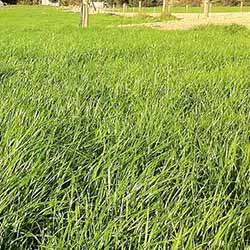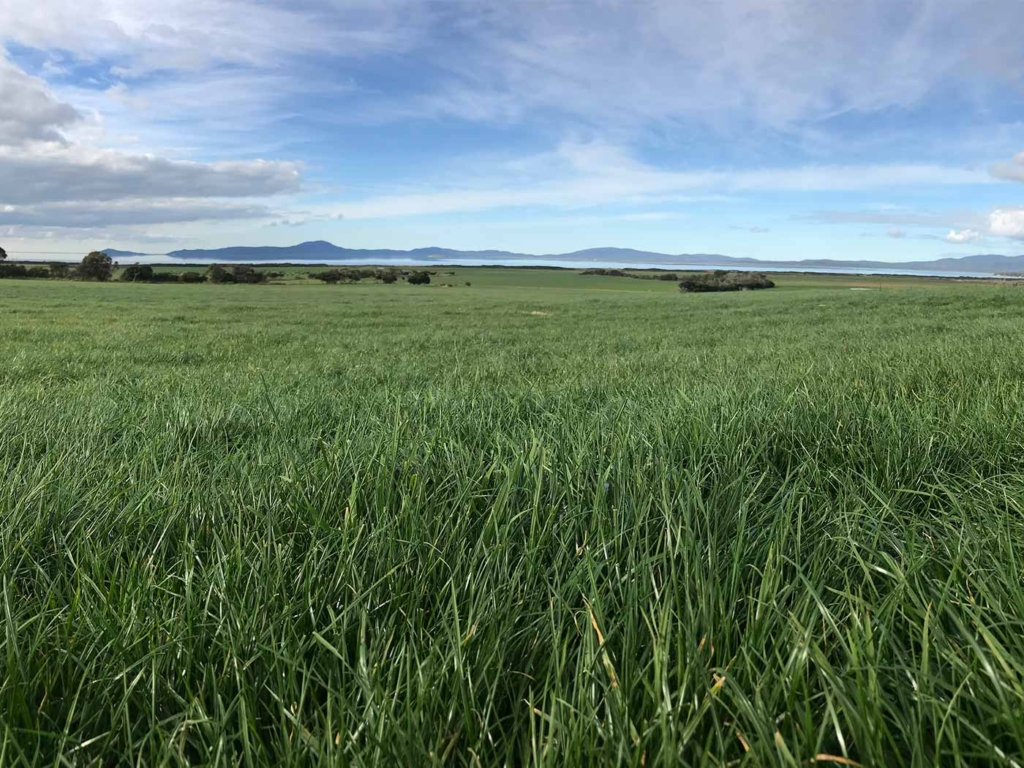When all the sales reps say they have the best grass for you – here’s what to consider when choosing the right perennial ryegrass.
Four main points you have to consider when choosing the right perennial ryegrass:
- Endophyte strain (relative to insect pressure)
- Flowering/heading date
- Ploidy (tetraploid or diploid)
- Breeding
Endophyte strains
Choosing and understanding the correct endophyte strain is important for the longevity of your pastures with insect pests stripping valuable dry matter and can even kill ryegrass pastures. Black beetle, cockchafers, lucerne flea, grass grub and field crickets (just to name a few) pressure the persistence of perennial pastures. SE, AR1, AR37 and NEA2 are all novel endophytes and have been developed by plant breeders to help protect grasses from insect attack. Learn more about endophytes
Timing rights
Standard heading ryegrasses have good early spring growth when quality is at its best. However in mid spring when growth rates are high pasture quality may deteriorate when feed supply becomes a surplus and grazing is not precise. Late flowering varieties such as Matrix SE (+23 days), Base AR37 (+22 days) & Reward Endo5 (+24 days after Nui) come into their own as the earlier varieties lose their quality. The industry is bench marked & defined relative to Nui which has a heading date of 0 which is approximately October 22nd.
Heading date is when 50% of plants have emerged seed-heads. Heading/flowering date is important, as it controls the extent of early spring production and late spring quality. Seed head development reduces feed quality in late spring and the heading date determines when this occurs.
Ploidy
DIPLOID
- Densely tillered
- Competitive with weeds
- Cope with lower fertility
- Ideal for grass to grass situations
- Can handle wetter environments
- Can be set stocked or rotationally grazed
TETRAPLOID
- Fast to establish
- Extremely tasty and palatable
- Excellent pasture utilisation
- Very high quality
- Higher animal dry matter intakes
- Great for silage and hay quality
- Clover friendly
Learn more about diploid and tetraploid ryegrasses
Breeding
Perennial ryegrass has evolved over millions of years and just like top quality breeding stock its important to understand the bloodlines of your grasses & whether by nature they belong on you farm in your environment and able to survive your conditions.








